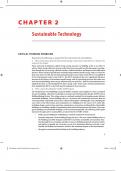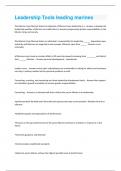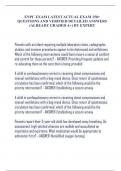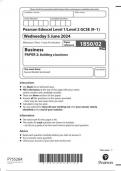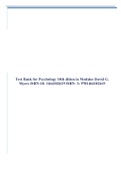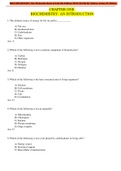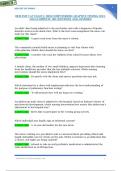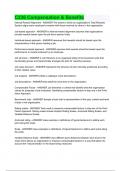Tentamen (uitwerkingen)
solutions manual Commercial Building Construction: Materials and Methods David A. Madsen 1st Edition
- Vak
- Instelling
- Boek
Complete Solutions Manual for Commercial Building Construction: Materials and Methods David A. Madsen 1st Edition Full Chapters solutions are included for end of chapters problems CHAPTER 1 Plans, Specifications, and Construction Management CHAPTER 2 Sustainable Technology CHAPTER 3 Construction S...
[Meer zien]
